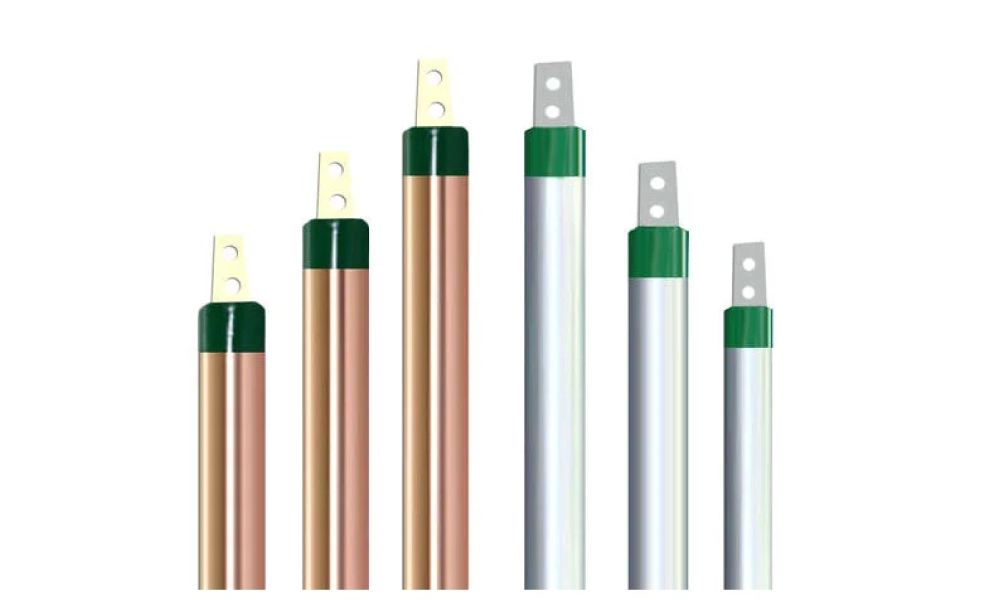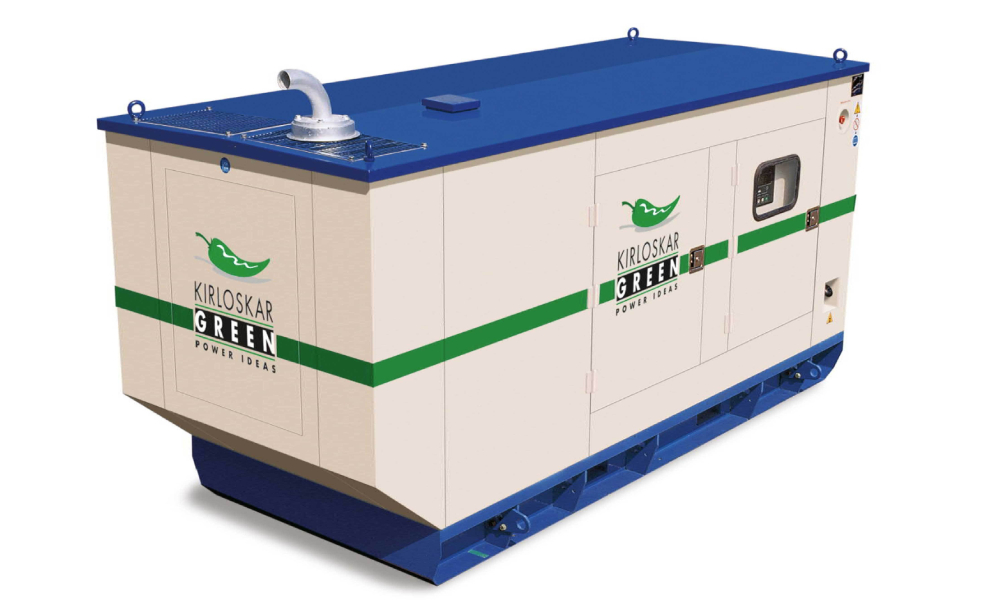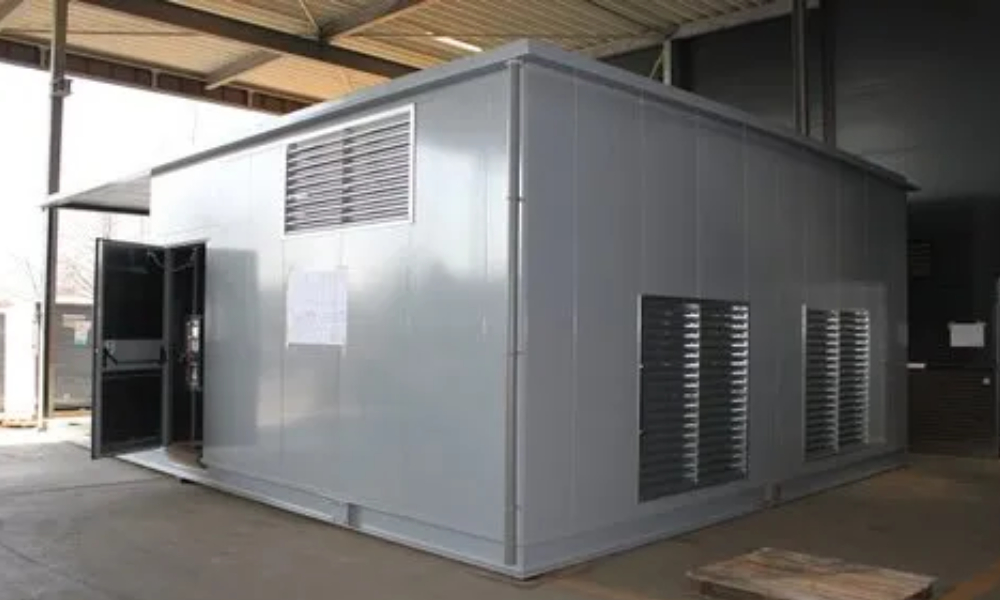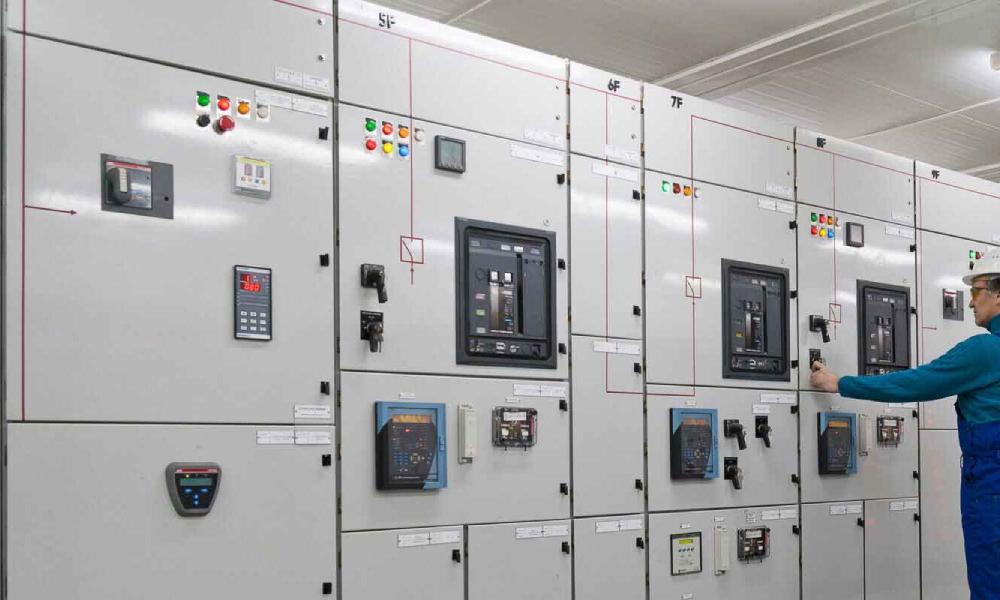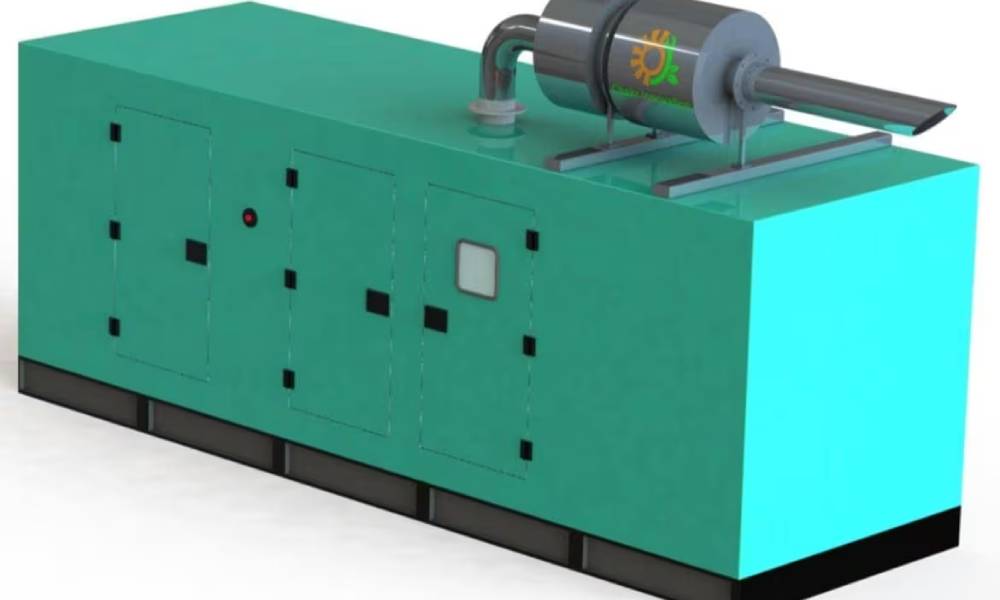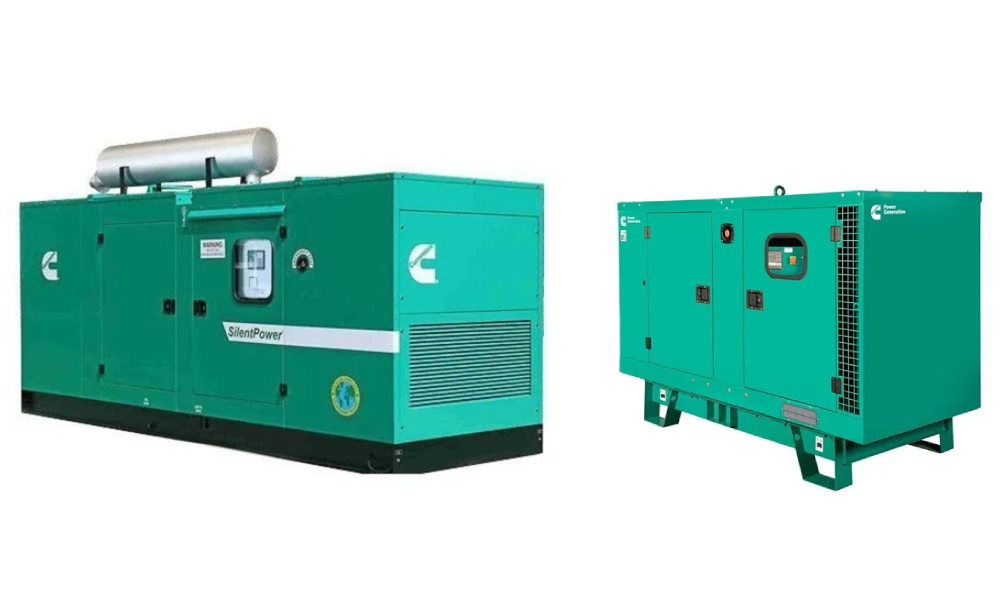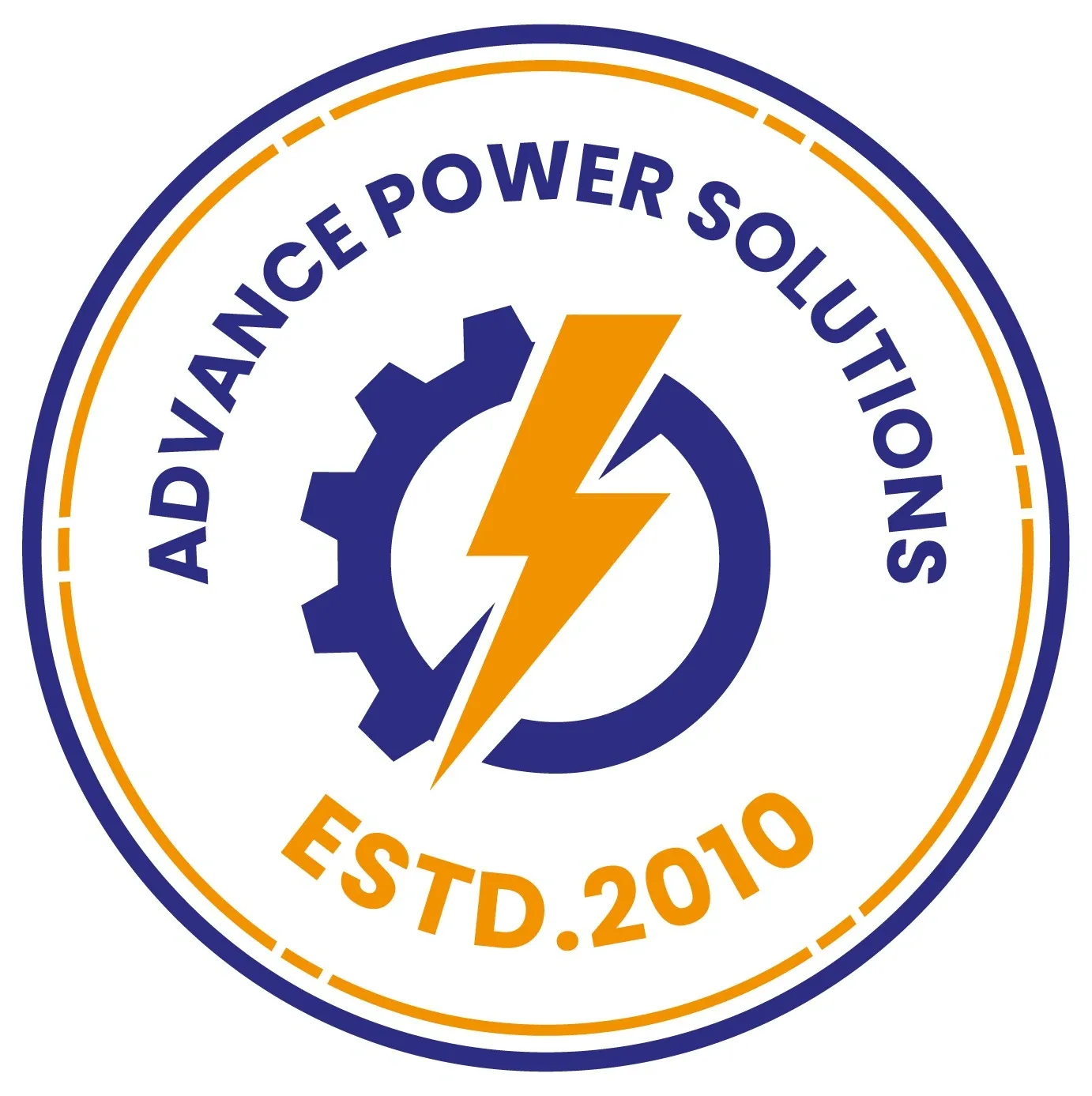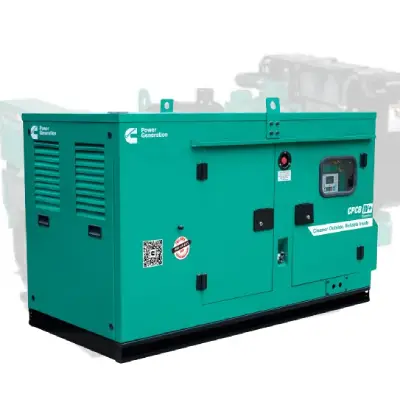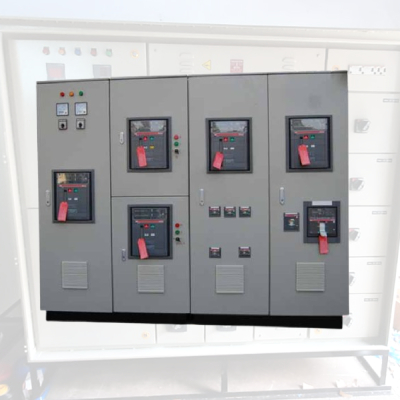Chemical Earthing Dealers in Delhi NCR | Advance Power Solutions
Introduction
Chemical earthing has emerged as the gold standard for effective, longâlasting protection in electrical systems. Unlike traditional earthing—prone to high resistance and regular maintenance issues—chemical earthing ensures low and stable grounding resistance through the use of conductive backâfill compounds and corrosionâresistant electrodes.
In Delhi NCR’s varied soil and seasonal weather, reliable earth systems are critical for safety, compliance, and equipment protection. This blog explores the science, benefits, installation challenges, and selection criteria for chemical earthing. We also introduce Advance Power Solutions—a trusted dealer offering expert chemical earthing solutions across Delhi NCR.
1. What Is Chemical Earthing?
Chemical earthing systems consist of a conductive electrode—typically G.I or copper—placed in a borehole filled with a specialized compound. These compounds are hygroscopic and conductive, maintaining moisture and reducing earth resistance without the frequent need for water or salts.
- Conductive Compound: Hygroscopic granules that ensure stable moisture retention.
- Electrode: Corrosionâresistant metal rod that interfaces with the soil via compound.
- Cable Connection: GI strip or copper wire connects the earthing point to the main earthing network.
2. Why Delhi NCR Needs Chemical Earthing
Delhi NCR's geography incorporates sandy, clay, and rocky soils. Seasonal variations—from monsoon flooding to arid summers—make traditional earthing unreliable. Chemical earthing offers:
- Low & Stable Resistance: Maintains <â¯1â¯Ω reliably for effective fault current dissipation.
- Low Maintenance: Requires minimal upkeep—no regular water refilling needed.
- Corrosion Resistance: Compounds protect electrodes from soil acidity and oxidation.
- Longevity: Properly installed systems last 10–15 years or more.
3. Legal & Safety Standards
Compliance with the National Electrical Code and IS 3043 is mandatory. Key requirements include:
- Resistance: Installations must achieve ≤1â¯Ω resistance.
- Testing: Earth pit measurements using calibrated earth testers.
- Documentation: Site drawings, compound logs, test certificates.
4. Benefits of Chemical Earthing
Here’s why it’s preferred over conventional earthing:
| Aspect | Chemical Earthing | Traditional Earthing |
|---|---|---|
| Resistance | Consistently low (<1â¯Ω) | Variable and often high |
| Maintenance | Minimal | Frequent (water/salt refill) |
| Corrosion | Protected | Electrodes corrode faster |
| Lifespan | 10–15 years | 5–7 years |
5. Common Applications in Delhi NCR
- Substations & HT/LT Panels: Essential for safe fault dissipation.
- Telecom Towers & Metro Stations: Protects sensitive electronics from surges.
- Solar Farms & DG Sets: Stable earth reduces stray current damage.
- Industrial Plants: Meets legal earthing requirements for heavy machinery.
6. How to Choose a Reliable Chemical Earthing Dealer
Here are key evaluation criteria for selecting the right dealer in Delhi NCR:
- Technical Knowledge: Should understand soil testing, compound properties, electrode installation depth.
- Quality Materials: Use certified electrodes and internationally tested compounds.
- Compliance & Documentation: Provide test reports and ISâcompliant installation.
- Field Experience: Local knowâhow of Delhi NCR’s varied soil types.
- Testing Facilities: Use calibrated testers to verify ≤1â¯Ω resistance.
- AfterâSales Support: Offering maintenance, retesting, reâcompound services.
7. Installation Process
-
Site Survey: Soil resistivity testing at multiple depths to determine bore location.
-
Borehole Drilling: Typically to 3–4â¯m depth using mud auger or JCB drill.
-
Electrode Installation: Lower GI or copper rod into the compoundâfilled bore.
-
Backfill Compound: Use graded layers of compound and fine soil for best contact.
-
Connection & Sealing: Bond the earth strip and seal pit to prevent ingress.
-
Testing & Recordâkeeping: Measure earth resistance, fill report, attach label.
8. Maintenance & Retesting
Though minimal, periodic checks are recommended:
- Visual Check: Inspect seal cover and ensure no funneling of water.
- Annual Resistance Test: Should stay ≤1â¯Ω; higher requires remedial compounds.
- Compound Topâup: Add more if sampling shows depletion or dryness.
- AC/DC Earth Testing: For substations, confirm ensuring system integrity.
9. Cost Considerations in Delhi NCR
Factors that influence cost:
- Depth & Diameter: Deeper boreholes mean higher drilling cost.
- Compound Quality: Premium compounds are costlier but more durable.
- Electrode Material: Copper electrodes costlier upfront but superior longevity.
- Testing & Reports: Field testing tools and documentation affect pricing.
- Volume: Multiple points lower perâpit cost—economies of scale.
Typical perâpoint cost ranges from â¹5â¯000–â¹10â¯000 depending on depth, material, and accessories.
10. Why Choose Advance Power Solutions?
Advance Power Solutions stands out as a reliable dealer in Delhi NCR, offering:
- Expert soil resistivity surveys and site surveys.
- Use of premium electrodes and internationally certified compounds.
- Strict compliance with IS and IEC standards.
- Calibrated testing equipment for accurate results.
- Documentation, certification, and 2âyear support plan.
11. Project Scenarios
A. Telecom Tower in Gurugram
Installed chemical earthing with 3â¯m GN electrode and compound. Initial resistance of 0.45â¯Ω. System tested semiâannually.
B. Substation in Noida
Eight-point chemical earthing system using copper rods and highâgrade compound. Recorded 0.85â¯Ω and certified for safety audit.
C. Factory in Faridabad
Installed dual pit earthing with monitoring arrangement to track resistance monthly. Achieved stable 0.60â¯Ω values even in summer.
12. DIY vs Professional Installation
- DIY Risks: Improper pit filling, shallow depth, missing documentation.
- Professional Advantage: Correct probe placement, compound density, testing, certification.
13. Future of Earthing in Delhi NCR
Adoption of realâtime earth-monitoring sensors, IoTâenabled reporting, and predictive maintenance will redefine grounding systems forward. Early adopters in critical infrastructure are already implementing continuous earth loop resistance tracking.
14. Summary
Chemical earthing offers a futureâproof, safe, and maintenance-lite grounding solution for Delhi NCR’s diverse environments. Choosing a qualified dealer ensures compliance, safety, and longevity. As a dependable expert, Advance Power Solutions provides full-service chemical earthing systems backed by testing, documentation, and support.
Frequently Asked Questions (FAQs)
Q1. How long does chemical earthing last? (without maintenance)
Ans: A well-installed system can last 10–15â¯years before compound reâcharge is needed.
Q2. Is chemical earthing suitable for small offices and residential buildings?
Ans: Yes—chemical earthing is ideal for low-maintenance protection in any residential, commercial, or institutional setup.
Q3. How often should earth resistance be tested?
Ans: Annually for typical sites, and semiâannually for critical infrastructure.
Q4. What resistance value should I expect at installation?
Ans: Most installations achieve 0.5–1.0â¯Ω. Anything above 1â¯Ω requires remedial action.
Q5. Can chemical earthing be retrofitted? How disruptive is it?
Ans: Yes—installation causes minimal disruption: a small pit is dug and refilled cleanly. Normal activity resumes within hours.
